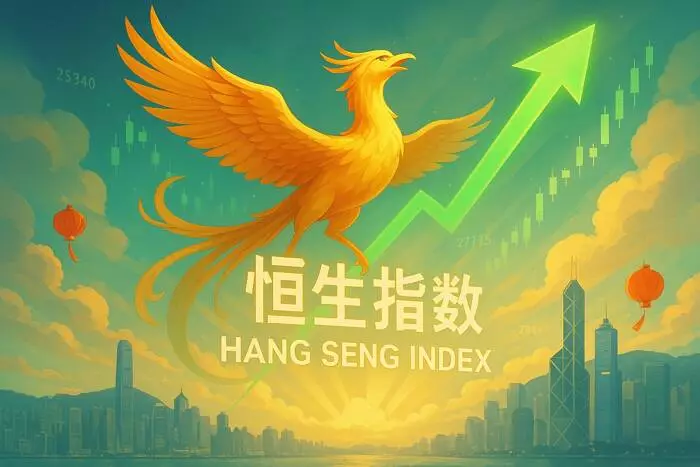In the ever-fluctuating world of finance, the impact of political decisions remains paramount. Recently, gold prices experienced a notable decline of 3.75%, closing the week at $3,202. This drop can be traced back to a weakening demand for safe-haven assets, attributed to easing trade tensions globally. The relevance of gold often spikes in times of uncertainty, making its drop indicative not only of immediate market movements but also of shifting investor sentiments. When political climates stabilize or show promise, risk appetite among investors increases, leading to a natural decline in demand for such traditionally safe investments as gold.
Oil Prices: A Tug-of-War of Demand and Supply
Meanwhile, WTI crude oil demonstrated resilience, climbing 2.05% to settle at $61.705. This rise tells a compelling story—one driven simultaneously by concerns for supply and optimism surrounding potential deals, like the proposed US-Iran nuclear agreement. The delicate balancing act between expectations of demand growth and the lingering economic barriers posed by geopolitical events highlights the complexities of the oil market. Market participants find themselves analyzing not just current prices but the long-term ramifications of diplomatic negotiations on energy supply, a vital component of economic health.
Iron Ore and Mining Dynamics: A Silver Lining
On a more positive note, iron ore spot prices surged by 3.91%, spurred by renewed demand expectations following a U.S.-China trade truce. This is a promising development for mining stocks, particularly in Australia, where the ASX 200 index rose by 1.37%, reflective of growing investor confidence in sectors like technology and energy. Stock giants such as BHP Group Ltd. and Rio Tinto Ltd. benefited substantially from rising iron ore prices, showcasing the direct correlation between global trade negotiations and local market performance. This sector’s performance is not a mere fluke; rather, it illustrates the interconnectedness of trade, commodity prices, and stock valuations.
Asian Markets on Edge: Attention to Upcoming Economic Indicators
As we look ahead, Asian markets are poised for critical weeks driven by anticipated updates in trade negotiations, particularly between the United States and both China and Japan. Expectations are building around key indicators scheduled for release from Australia, China, and Japan that could significantly mold investor sentiment. Of interest is the Reserve Bank of Australia’s decision on interest rates, slated for May 20, and whether it reflects a more dovish stance amid global economic fluctuations.
Moreover, forthcoming data on retail sales, industrial production, and other economic metrics from China will likely dictate market sentiment. A positive outlook could potentially alleviate apprehensions regarding the effects of US tariffs on the Chinese economy, leading to a corresponding uplift in the Hang Seng Index and related markets. This will be a week to scrutinize the numbers closely; they are not just figures but indications of larger narratives influencing investor behavior.
Investors are advised to remain vigilant and adaptable as policy changes and geopolitical maneuvers unfold. The landscape is as fluid as ever, and the interplay of trade dynamics, commodity valuations, and central bank policies will undeniably shape the trajectory of financial markets in the coming weeks.

